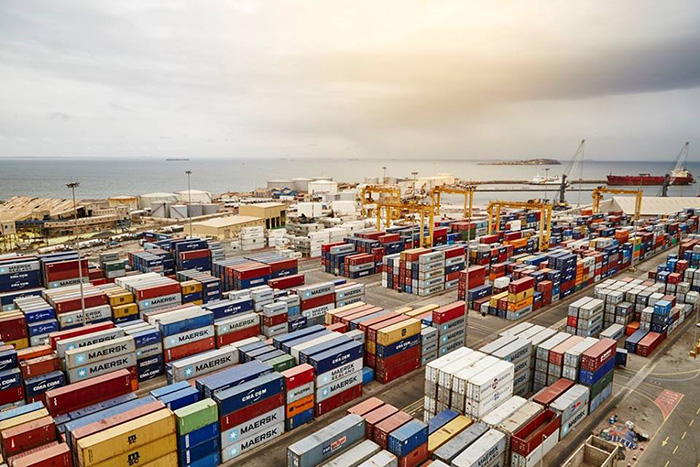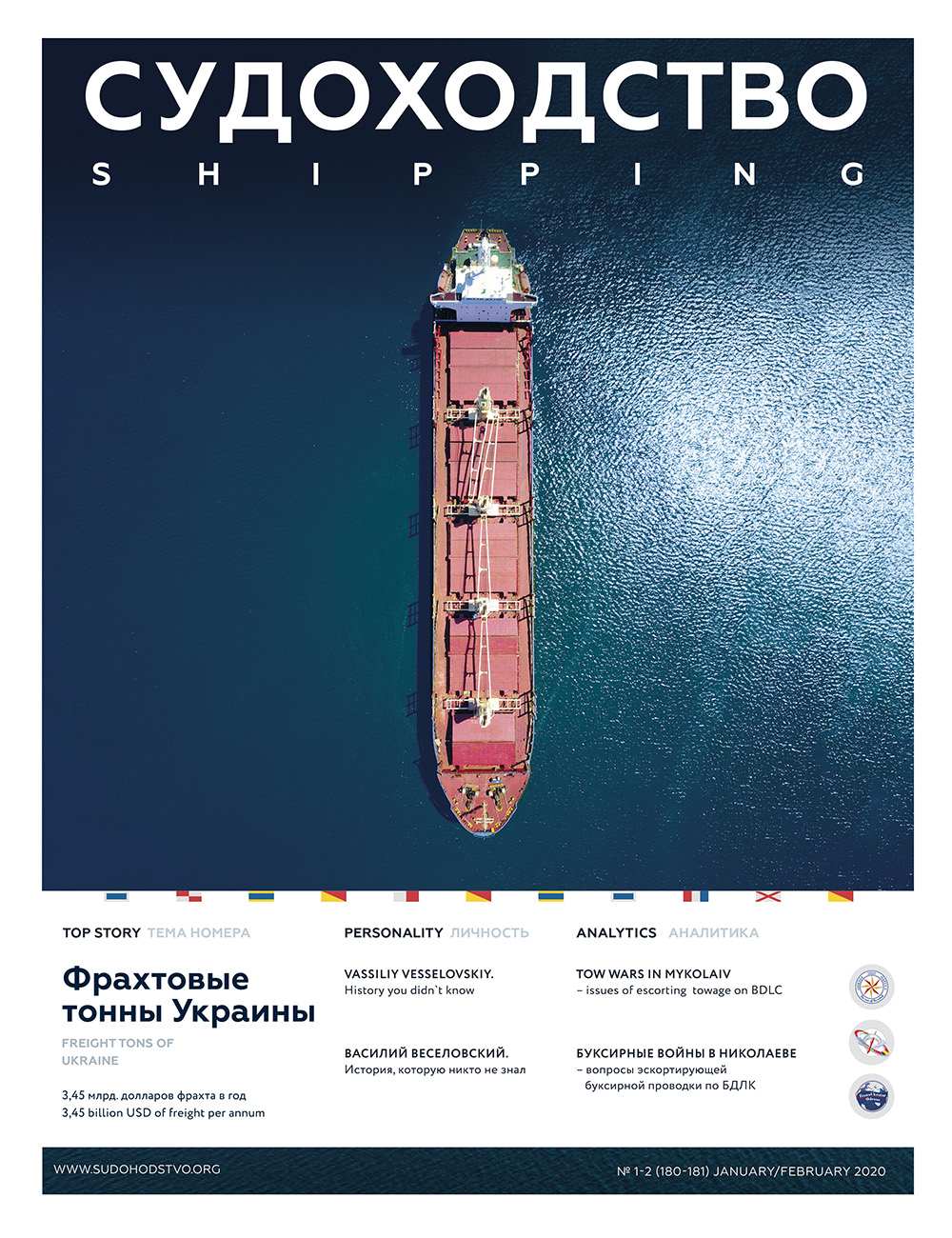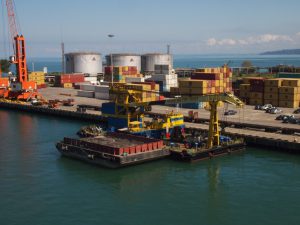China’s Naval Master Plan: A Military Threat in the Pacific and beyond. This is the first in a series of columns Bloomberg is publishing on China’s effort to supplant the U.S. as the world is pre-eminent geopolitical power.) by Hal Brands (Bloomberg) I wrote a column recently about how a longstanding assumption of America’s China policy — that economic integration between the two countries is an unalloyed good — has now been overtaken by events. However, this is not the only area in which China’s rise is forcing a re-evaluation of old beliefs. Now, as the first in a series of columns on this phenomenon that Bloomberg Opinion will publish in the coming days, I will delve into another issue with enormous implications for U.S.-China relations and American interests: the rise of China as a more globally oriented military power. For years, most experts believed that China’s military challenge to the U.S. was regional in nature — that it was confined to the Western Pacific. After decades of tacitly free riding on America’s global power-projection capabilities, however, Beijing now is seeking the capabilities that will allow it to project its own military power well outside its regional neighborhood. The fact that China is building up its military strength is hardly news, of course.

«The 1995-96 Taiwan crisis, during which the U.S. responded to Chinese intimidation of Taiwan by sending two-carrier strike groups to the area, underscored to the Chinese leadership that America’s military dominance gave it the capability to intervene at will even in China’s own backyard».
Since then, Beijing has been developing the capabilities — advanced fighter jets, anti-ship ballistic missiles, and stealthy diesel-electric attack submarines among them — meant not just to give it leverage over its East and Southeast Asian neighbors, but also to prevent the U.S. from intervening effectively in their defense. This effort to build what are known as “anti-access/area-denial” capabilities has borne fruit, and the U.S. will now face high and continually growing obstacles to defending Taiwan or other partners and allies in the event of conflict with China. Even as Beijing challenged U.S. dominance in the Western Pacific, however, it was simultaneously one of the greatest beneficiaries of America’s global military superiority. U.S. power-projection capabilities have underpinned the stability and freedom of the global commons and ensured the free flow of energy supplies and other key commodities. U.S. military power has thus fostered the relatively benign global climate in which China has grown rich and powerful. This is just one of the many paradoxes of the U.S.-China relationship. Washington has underwritten the economic rise of its greatest long-term strategic rival by protecting the global commercial flows that have made that rival so wealthy. China, for its part, has been a free rider on America’s provision of global stability even while challenging the U.S. ever more sharply in the Asia-Pacific. This situation could not last forever, though, because it represented a vulnerability that a rising China would not tolerate indefinitely. After all, if the U.S. can secure the global commons, then it can also dominate and even restrict access to them if it so chooses.





















